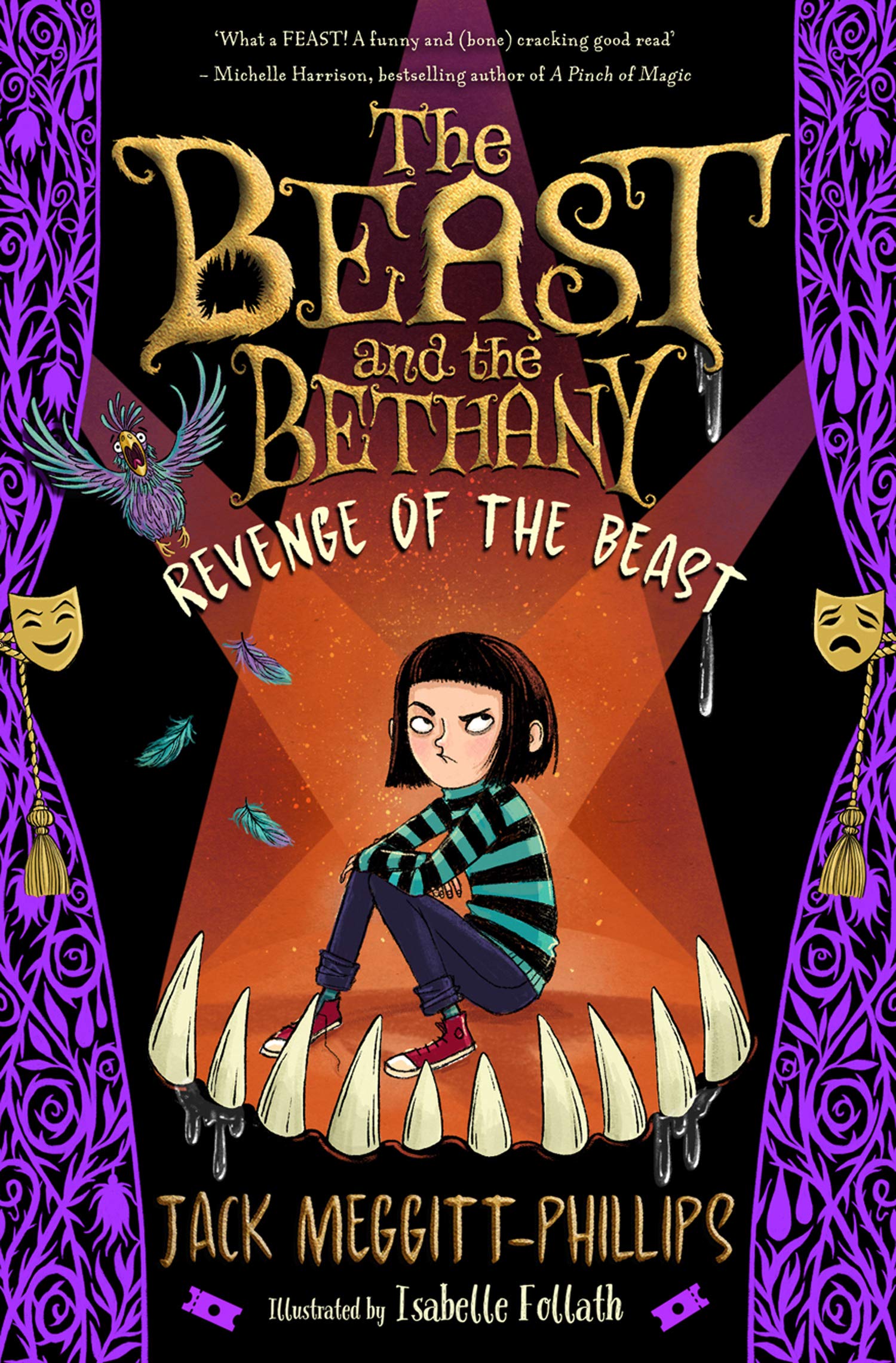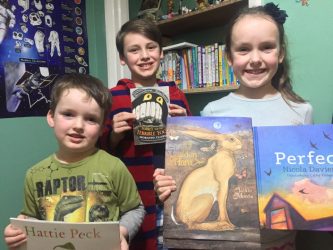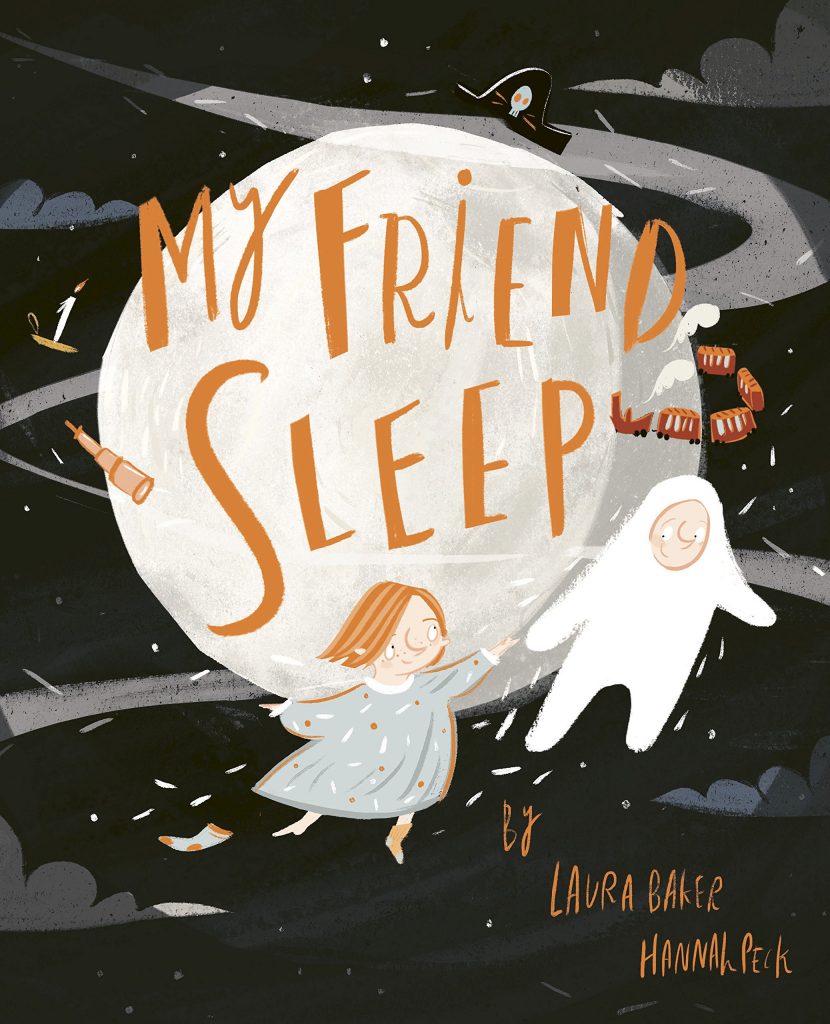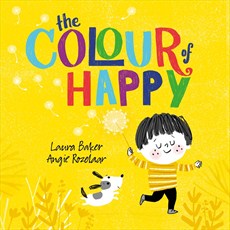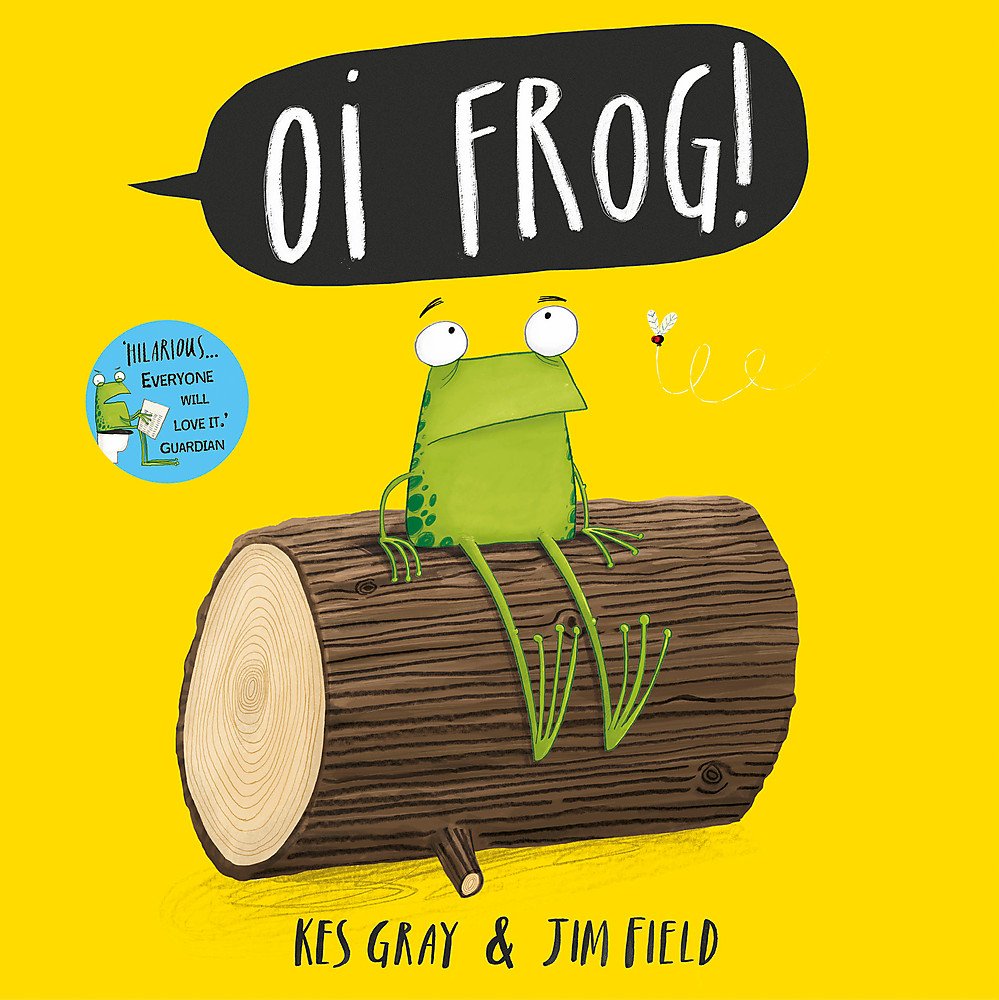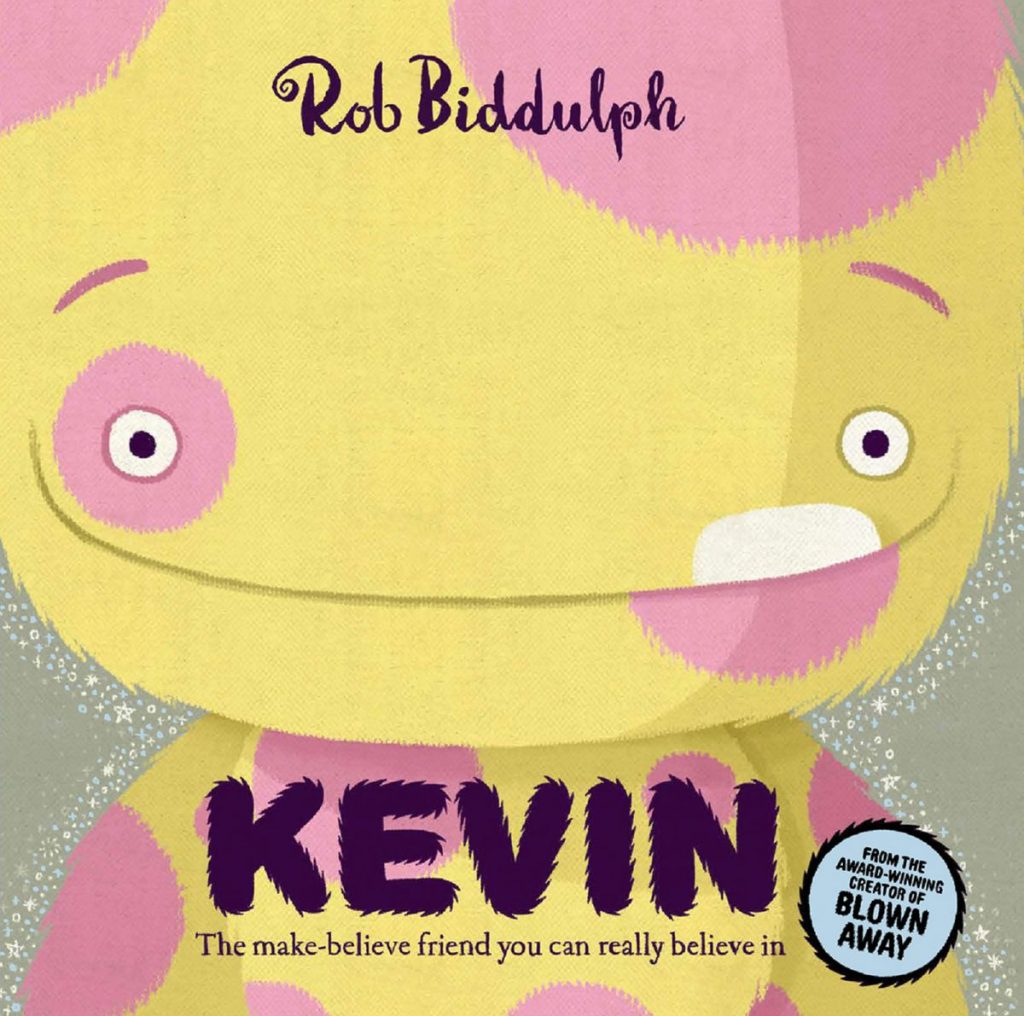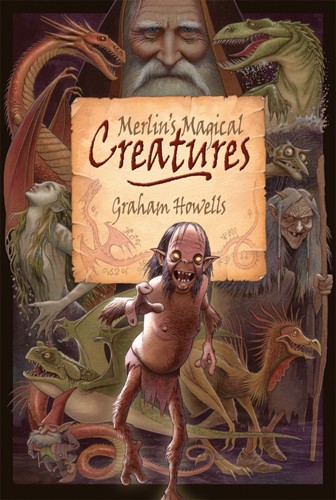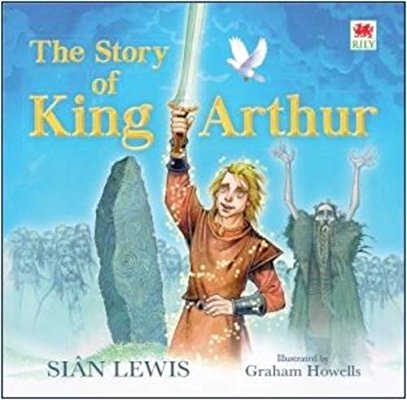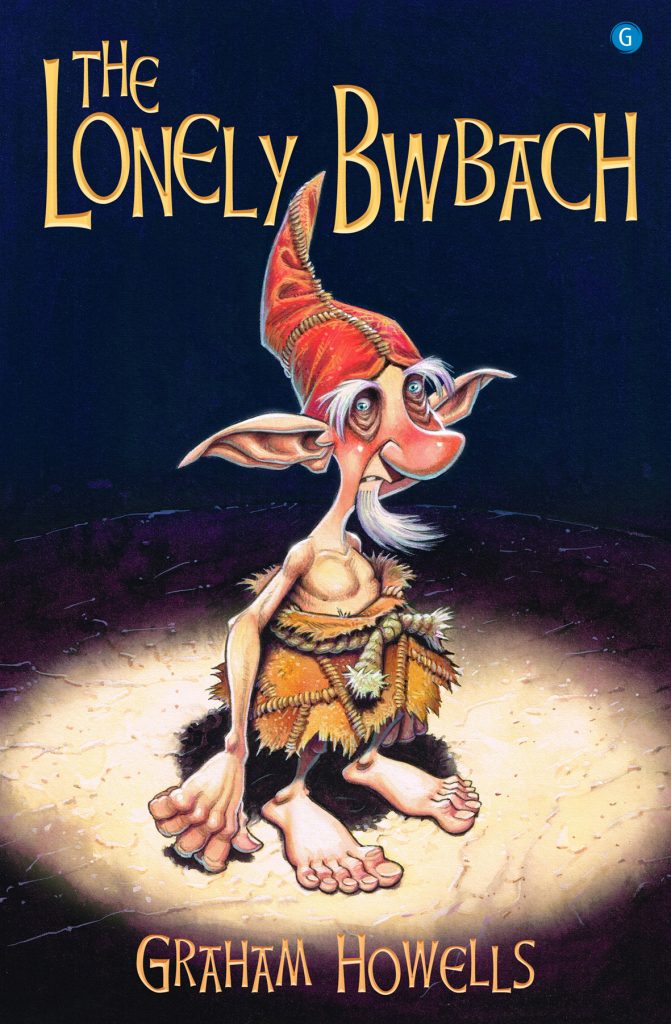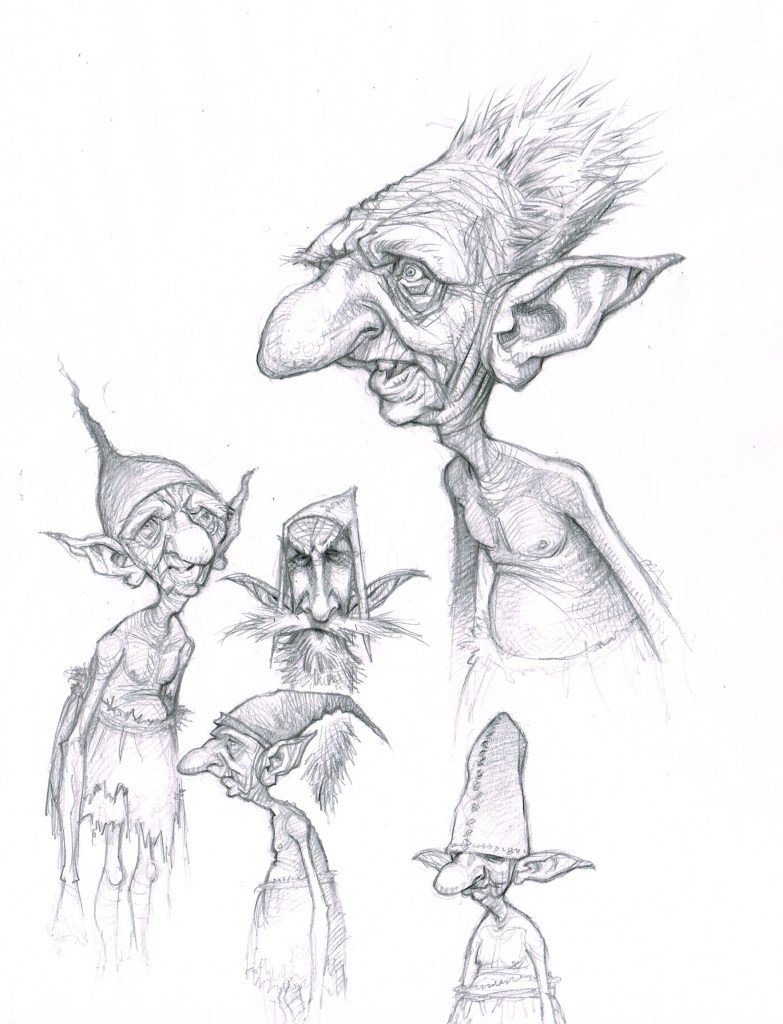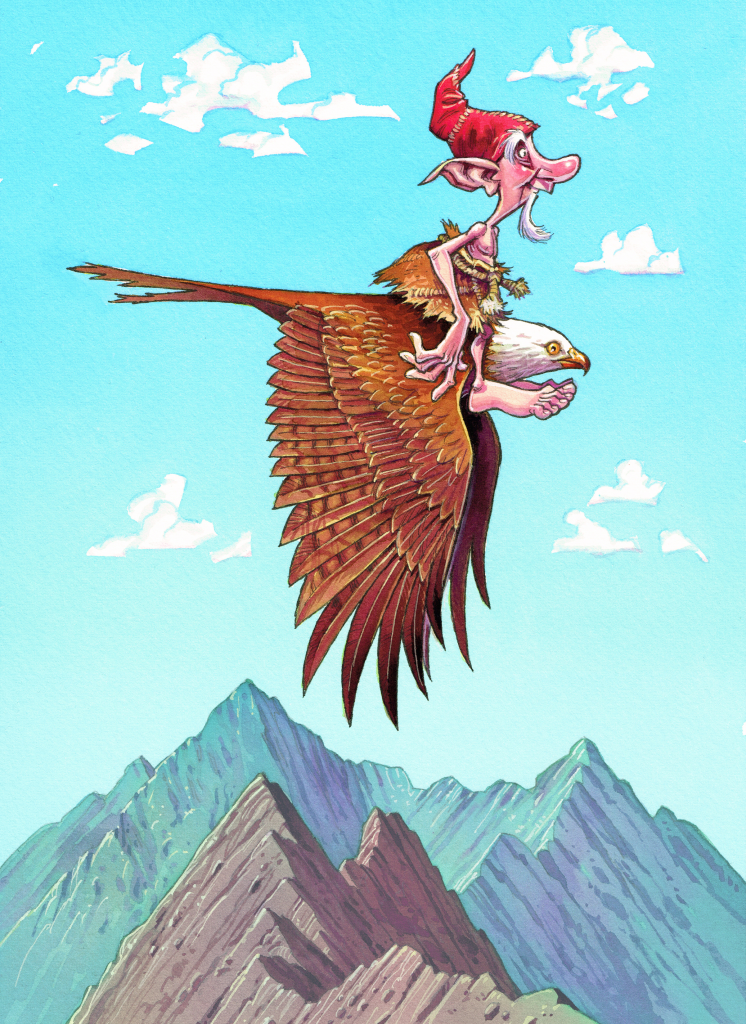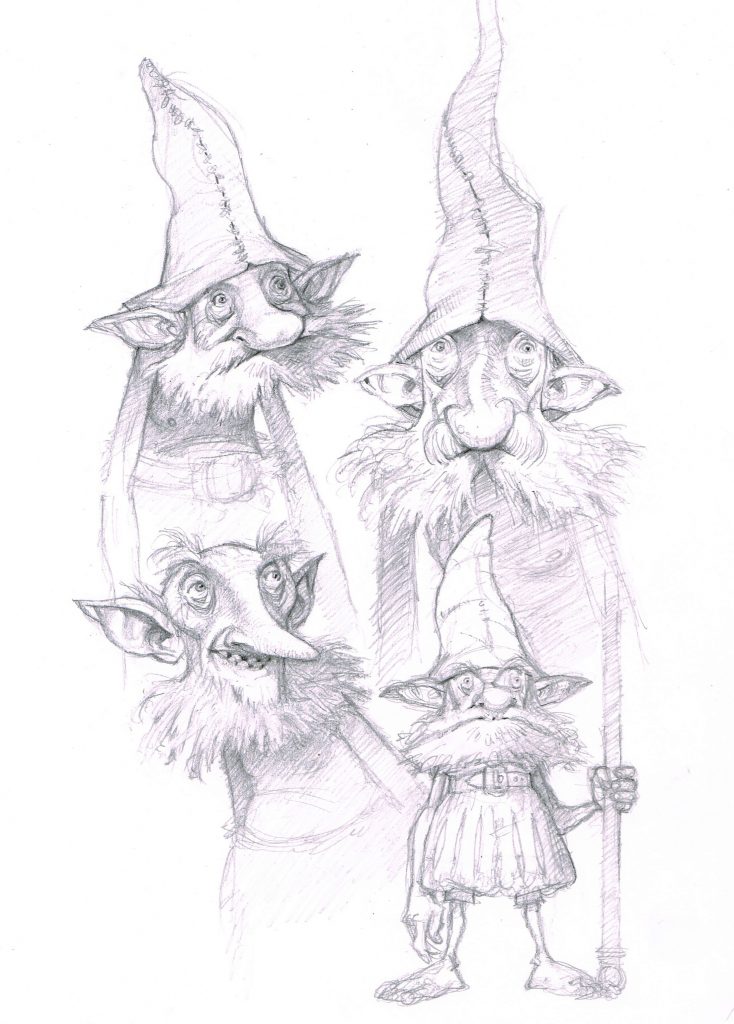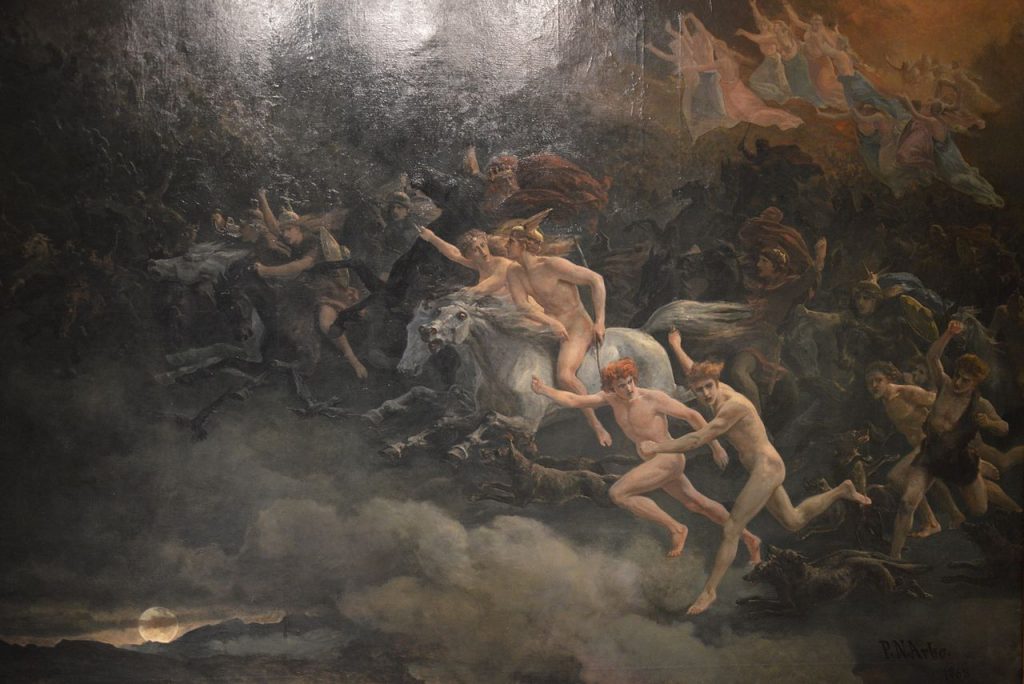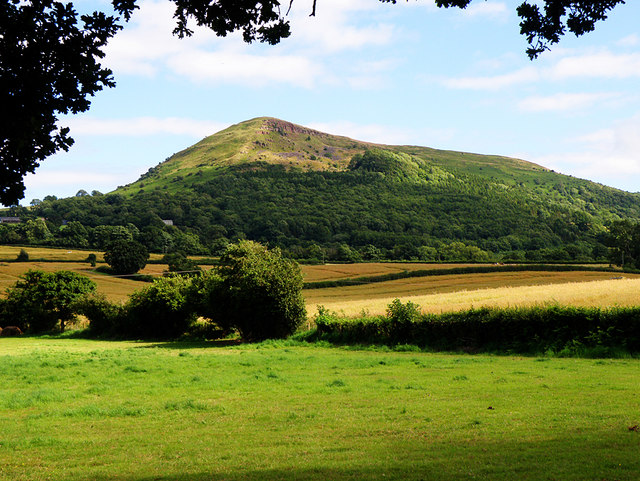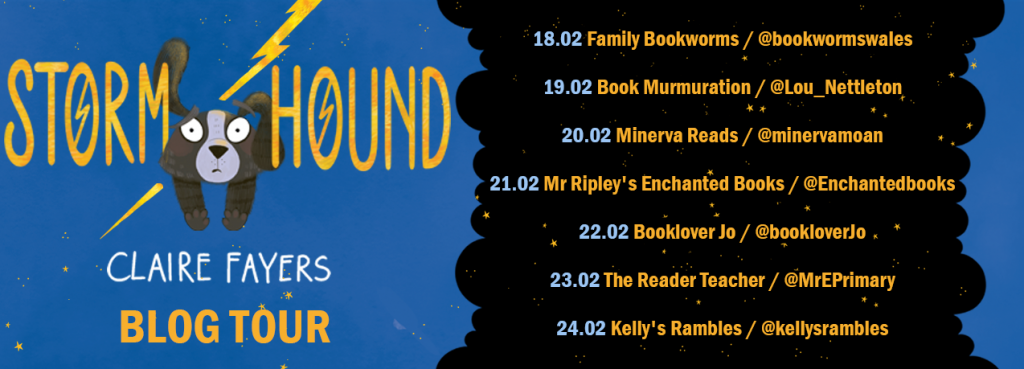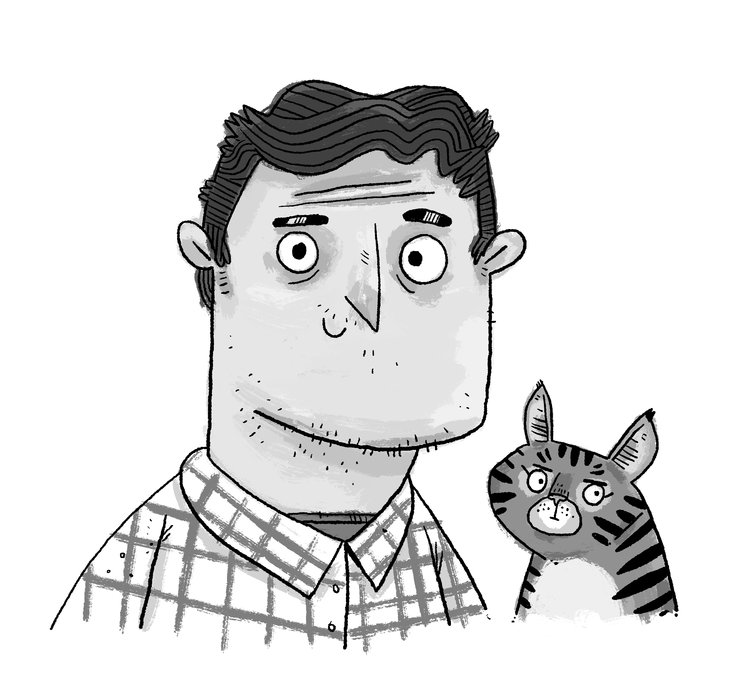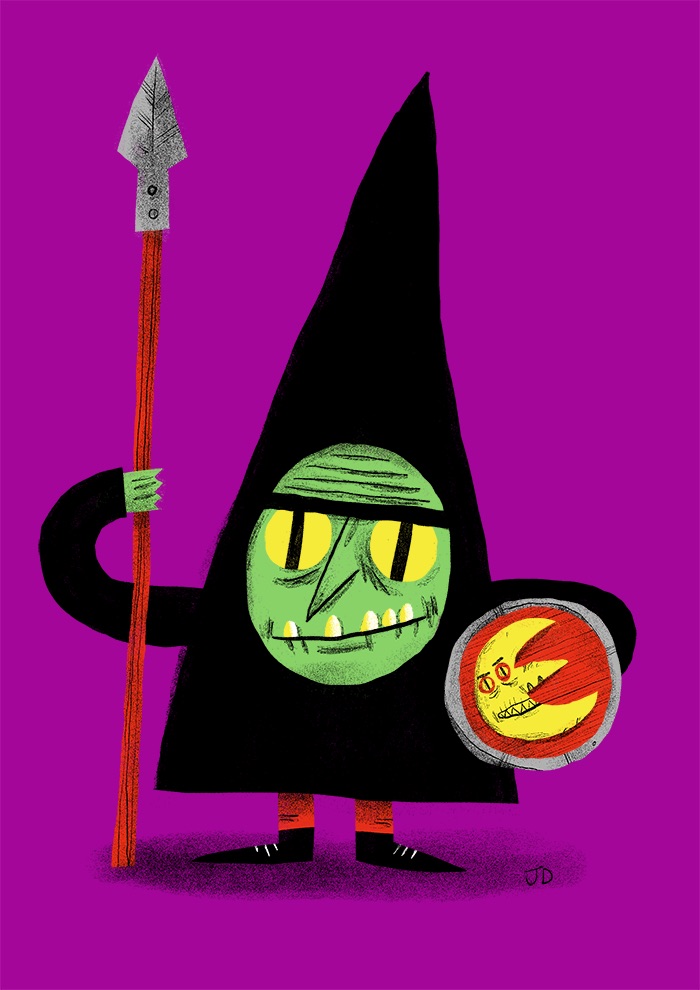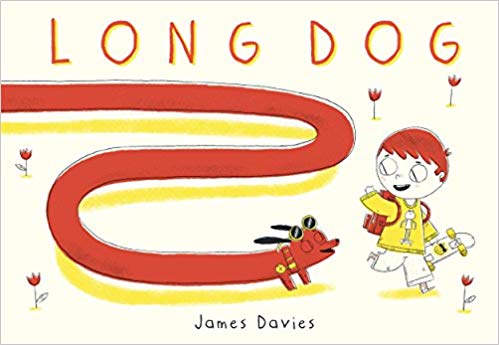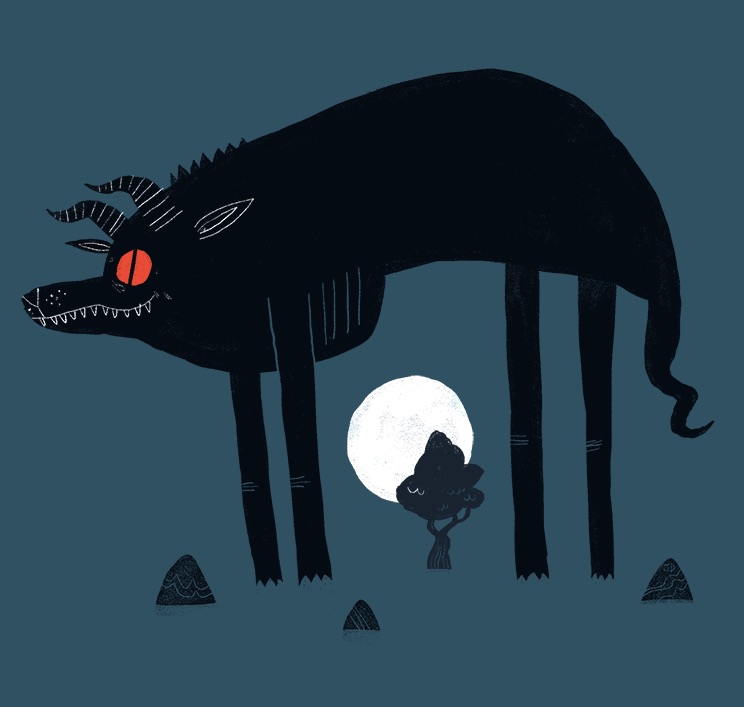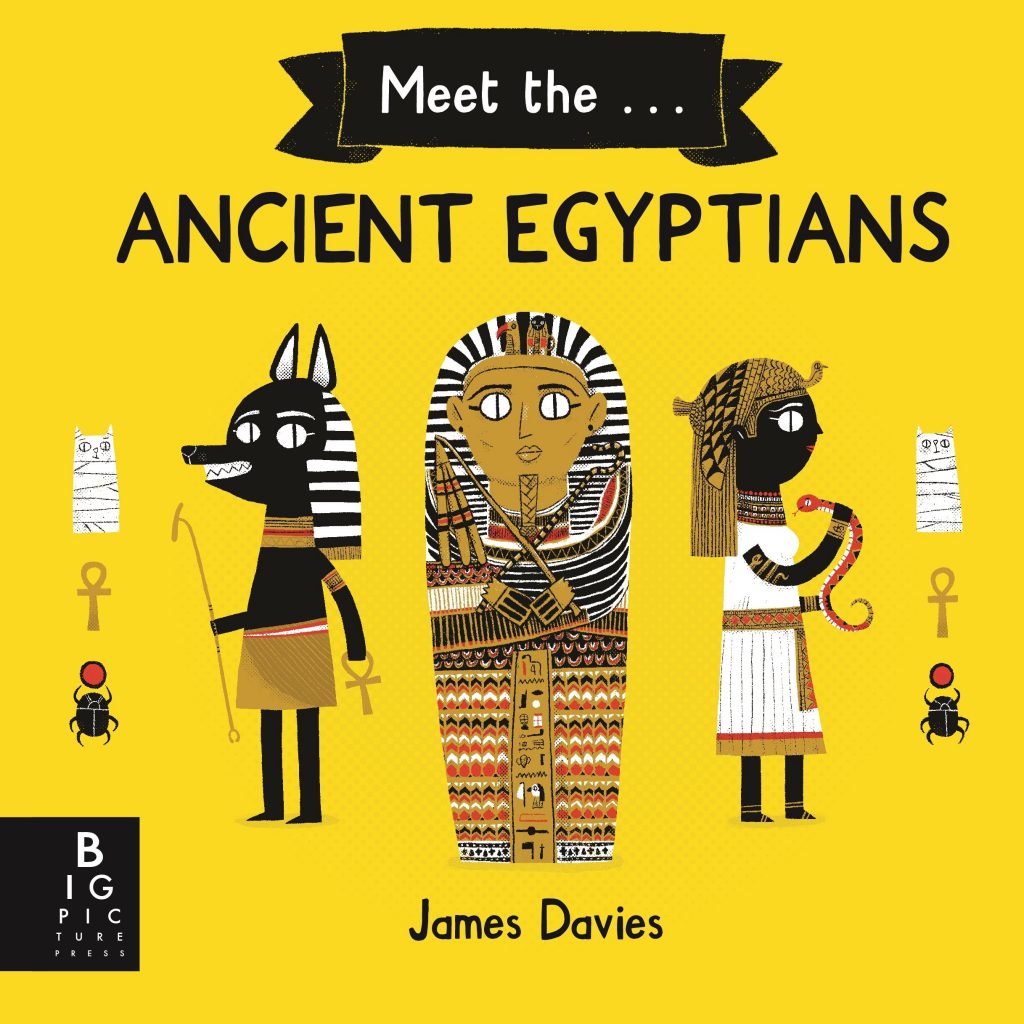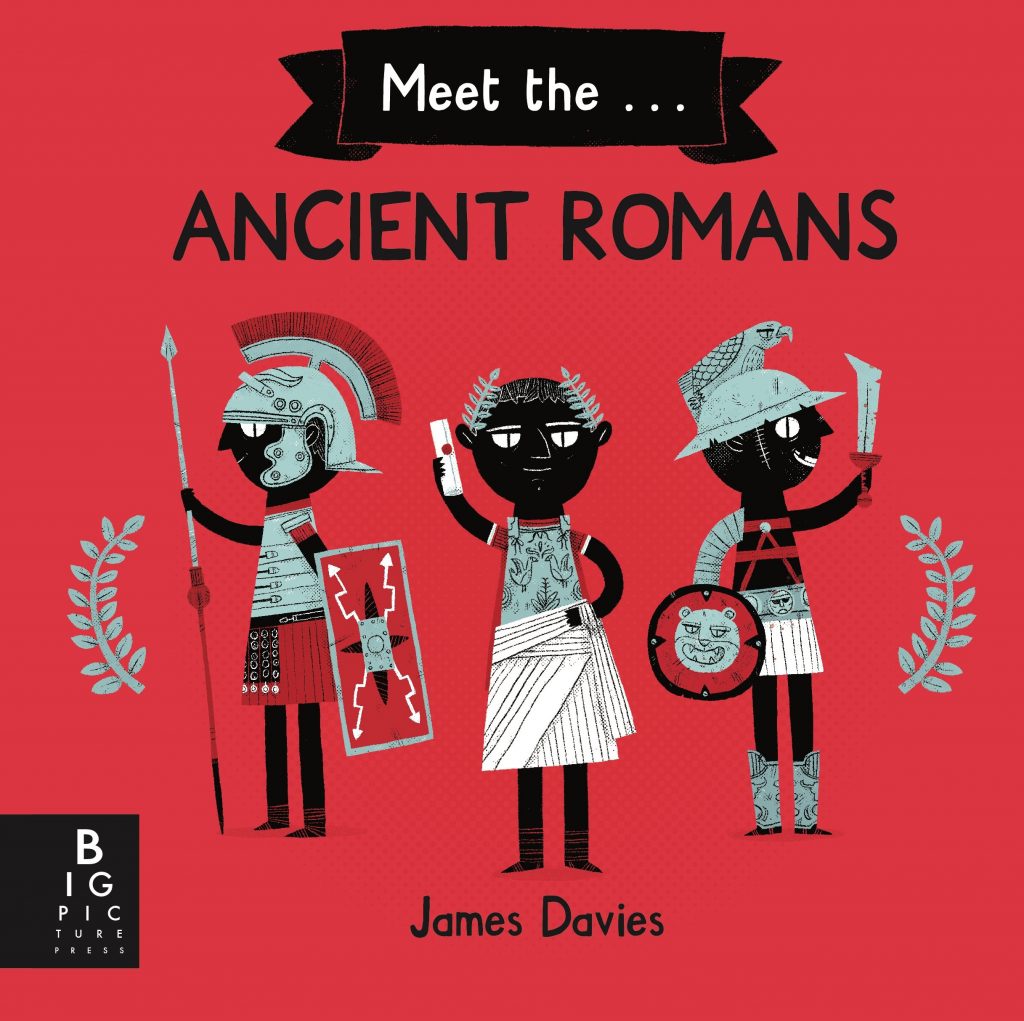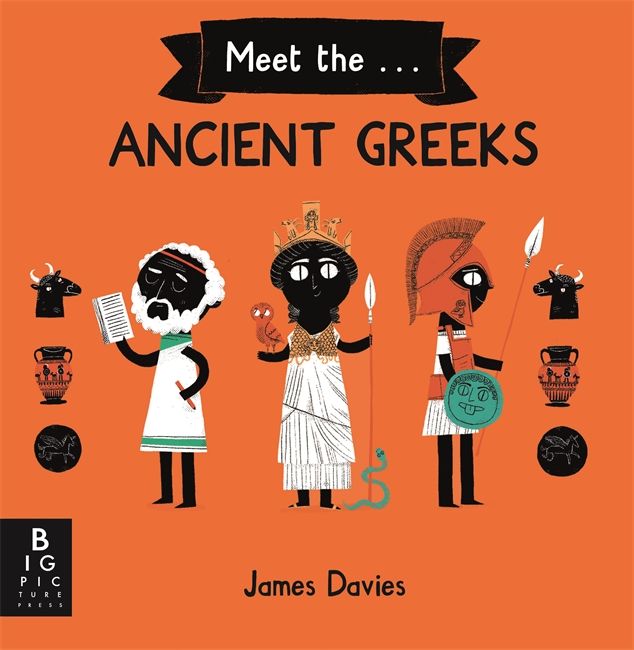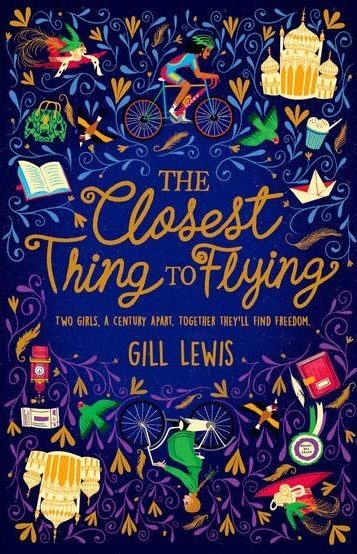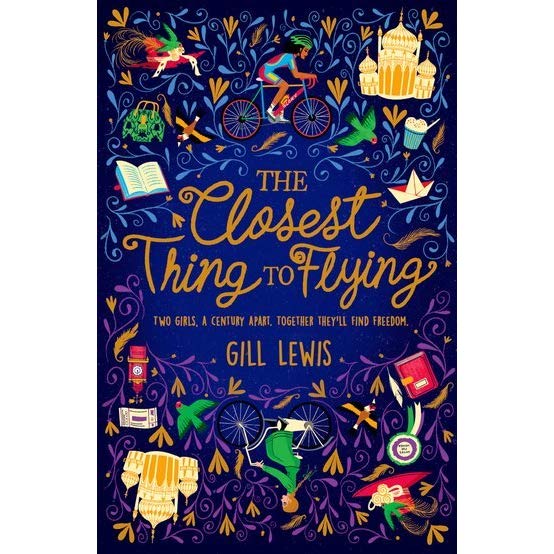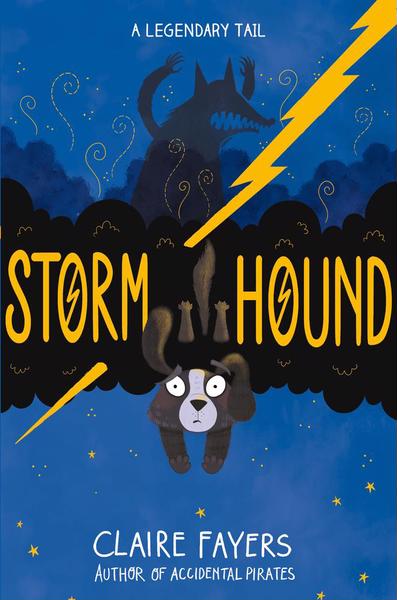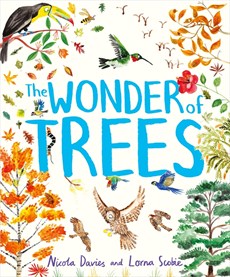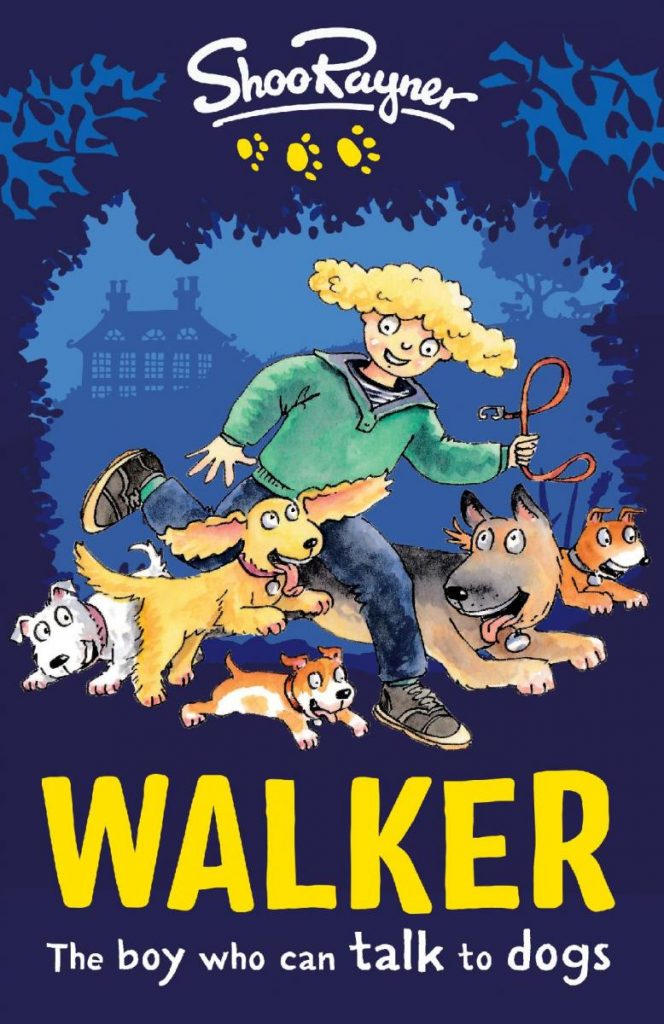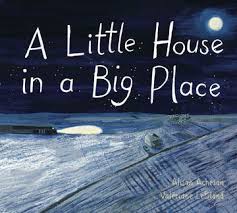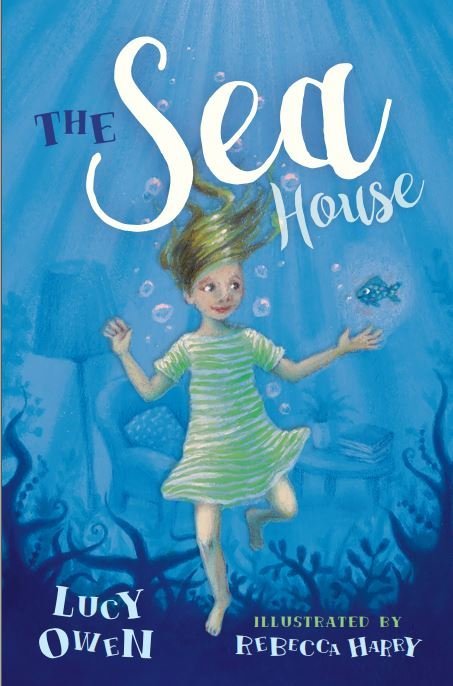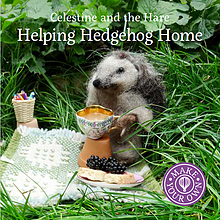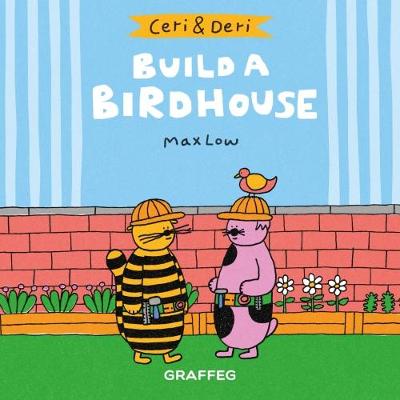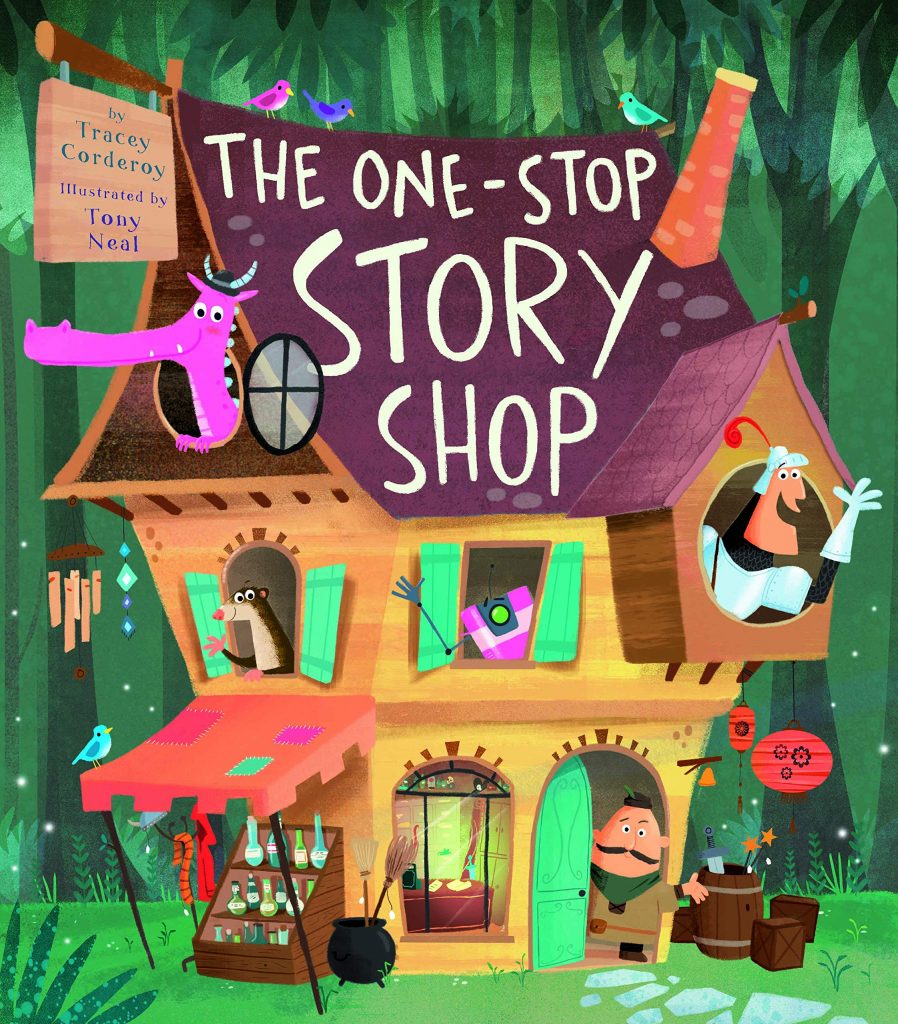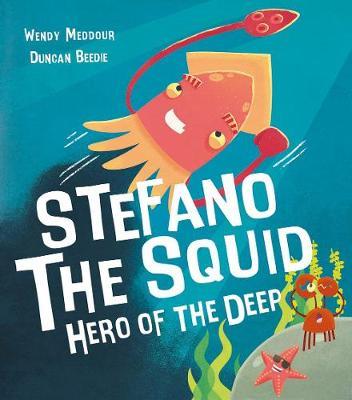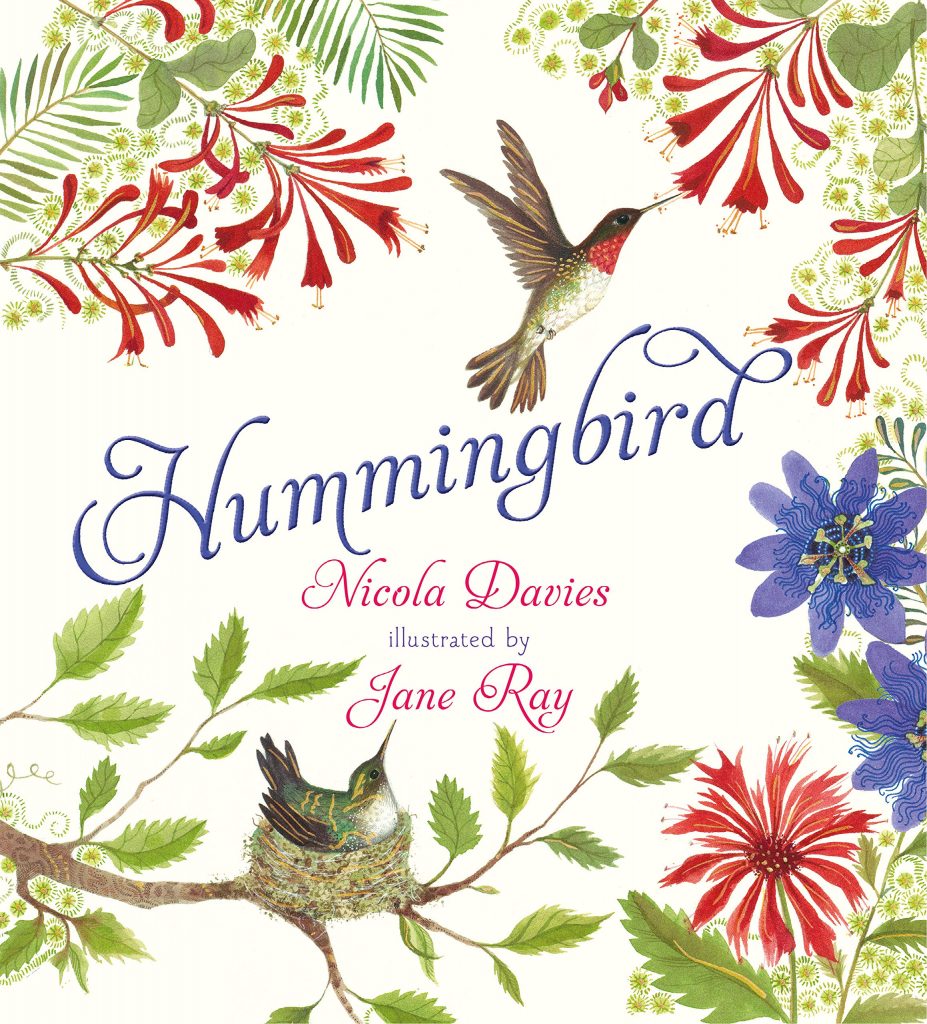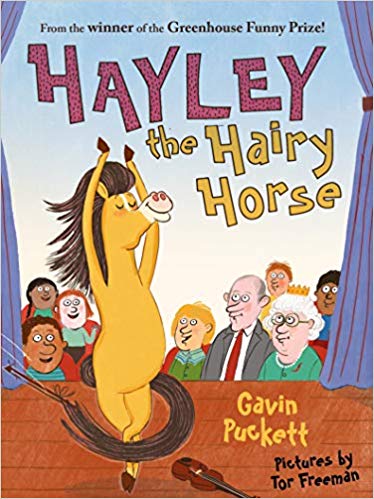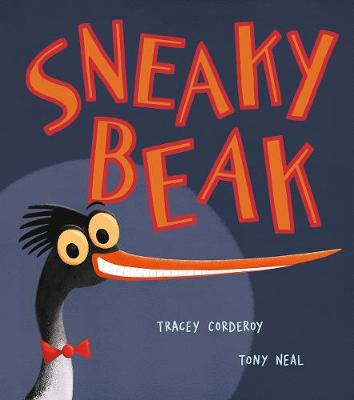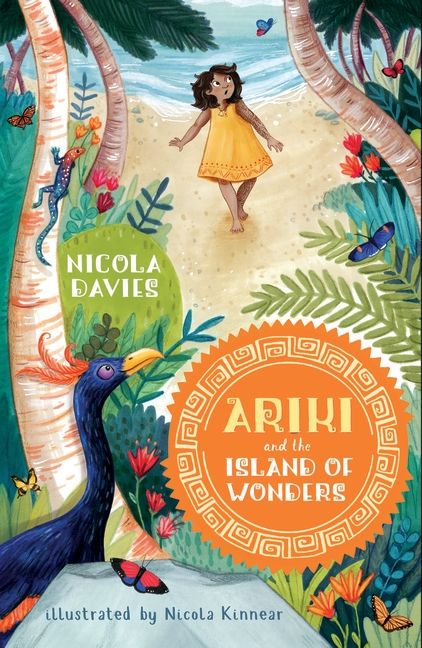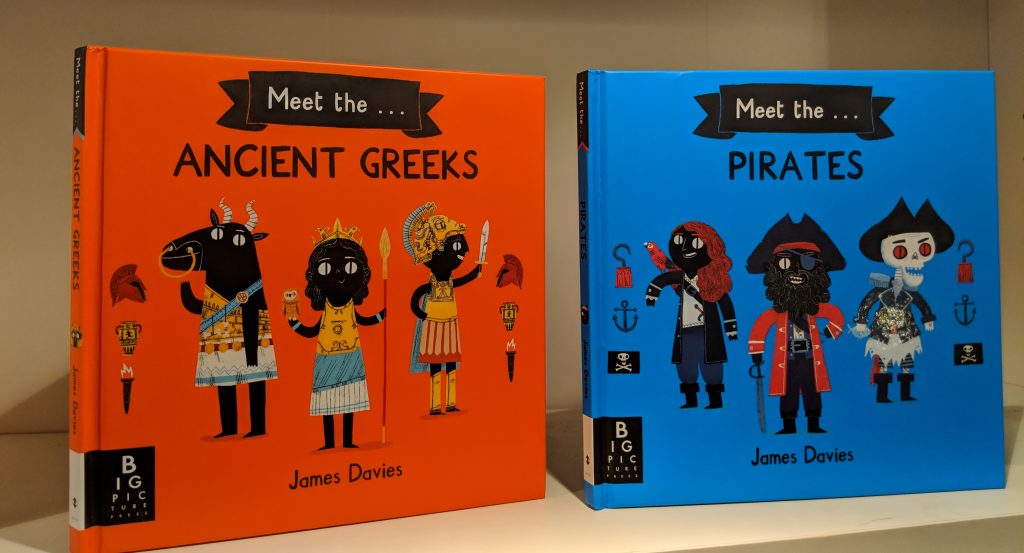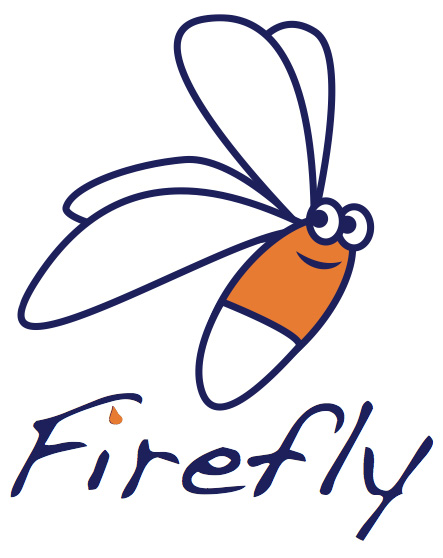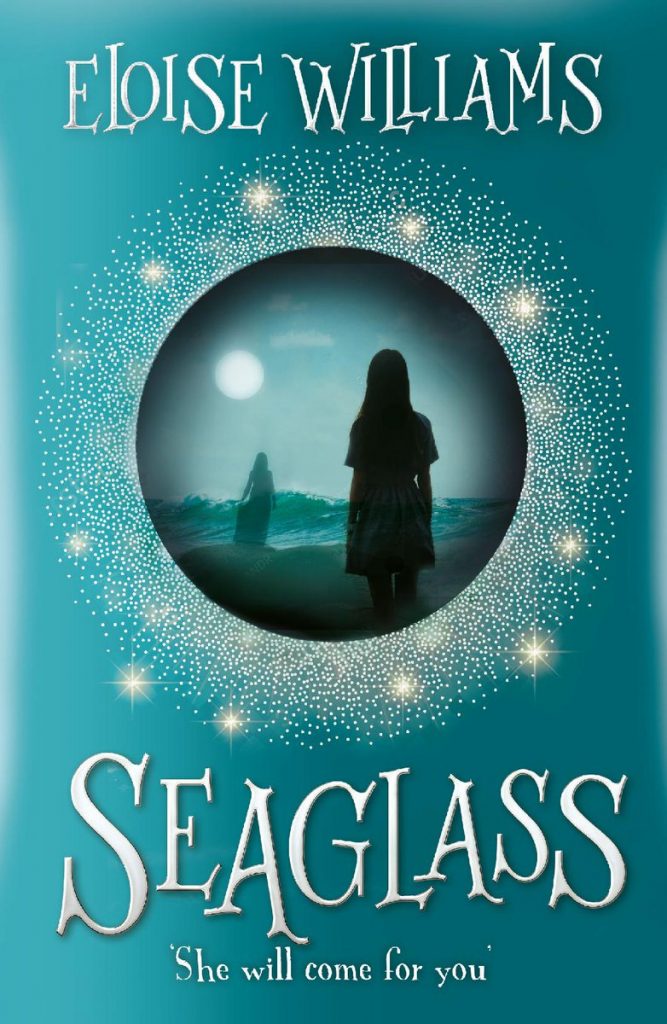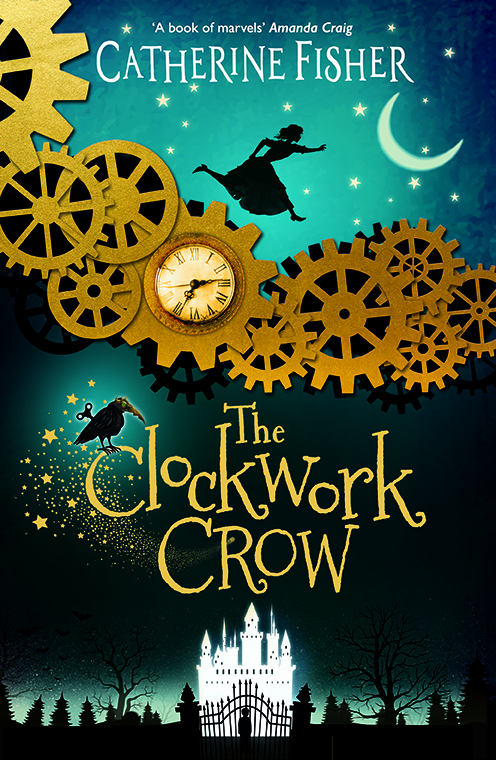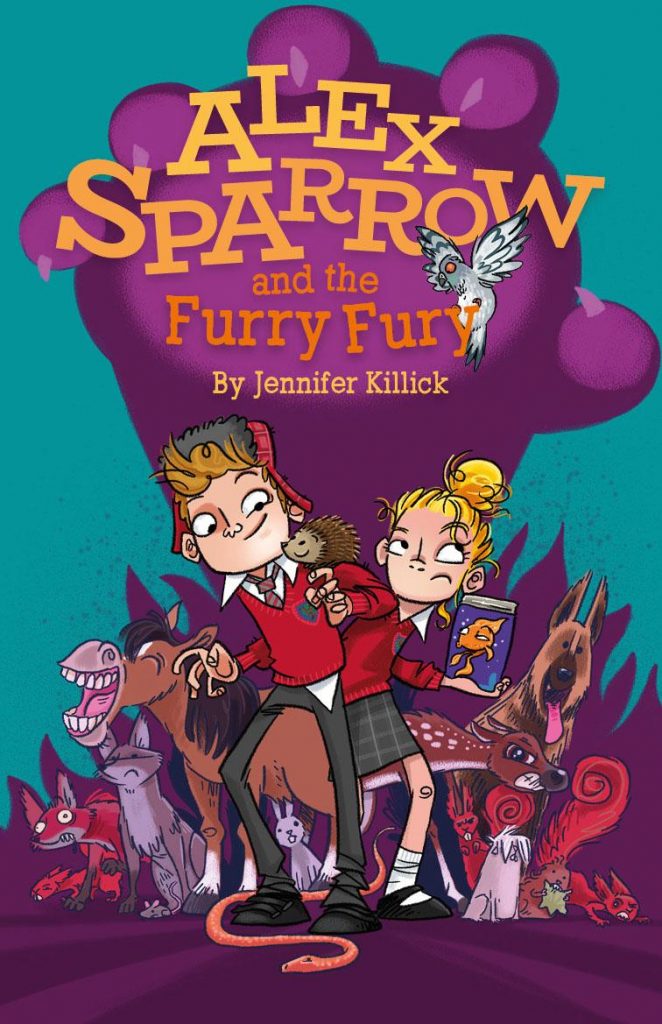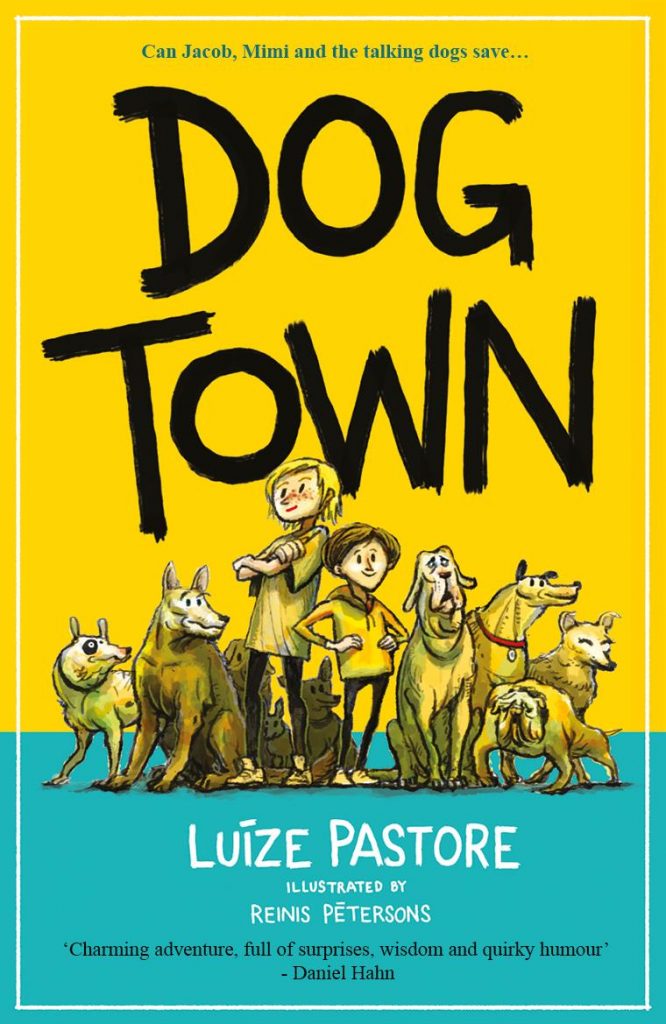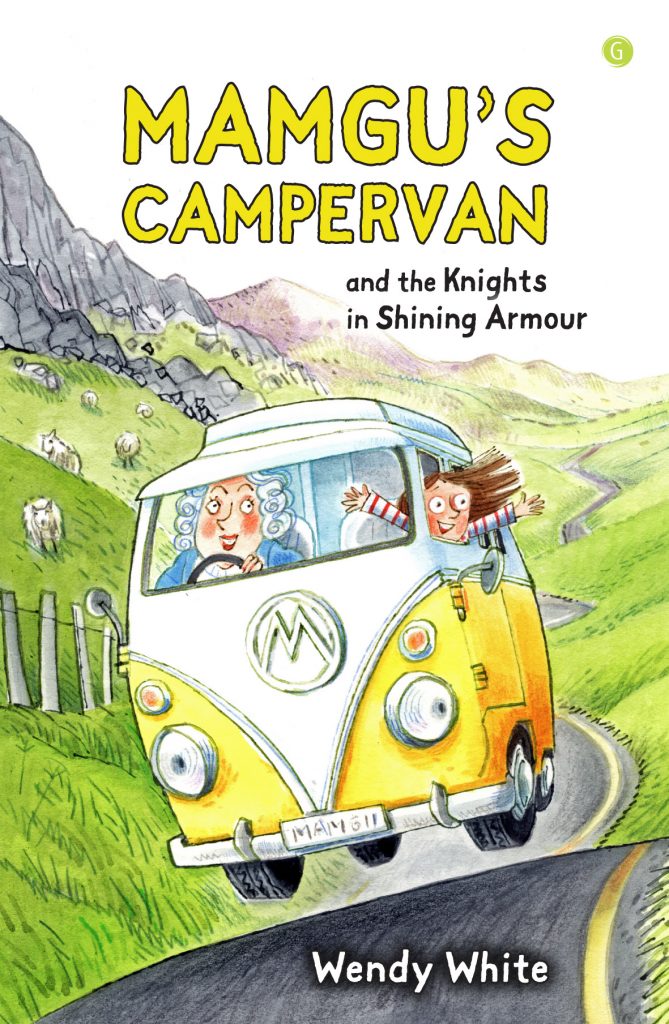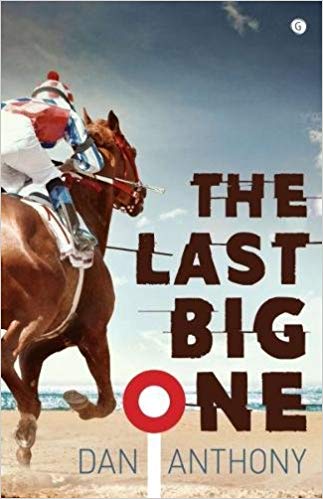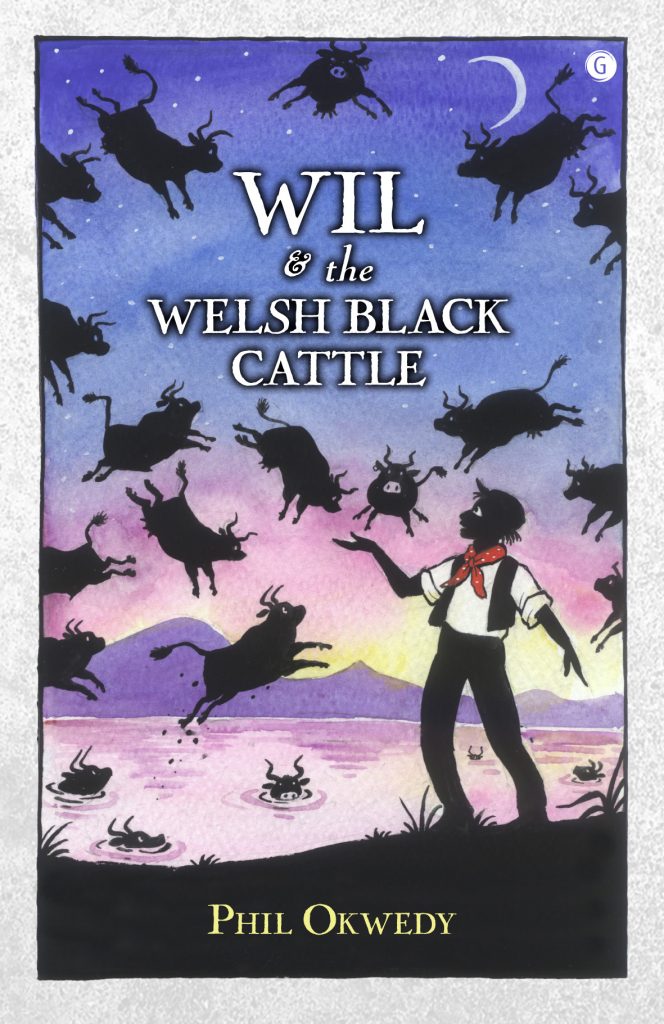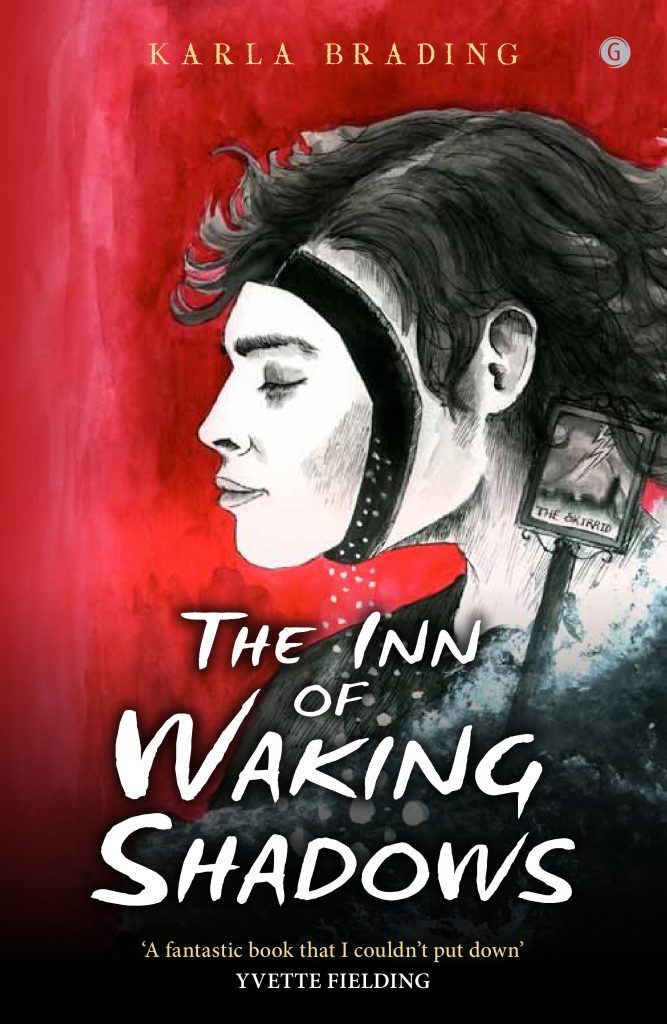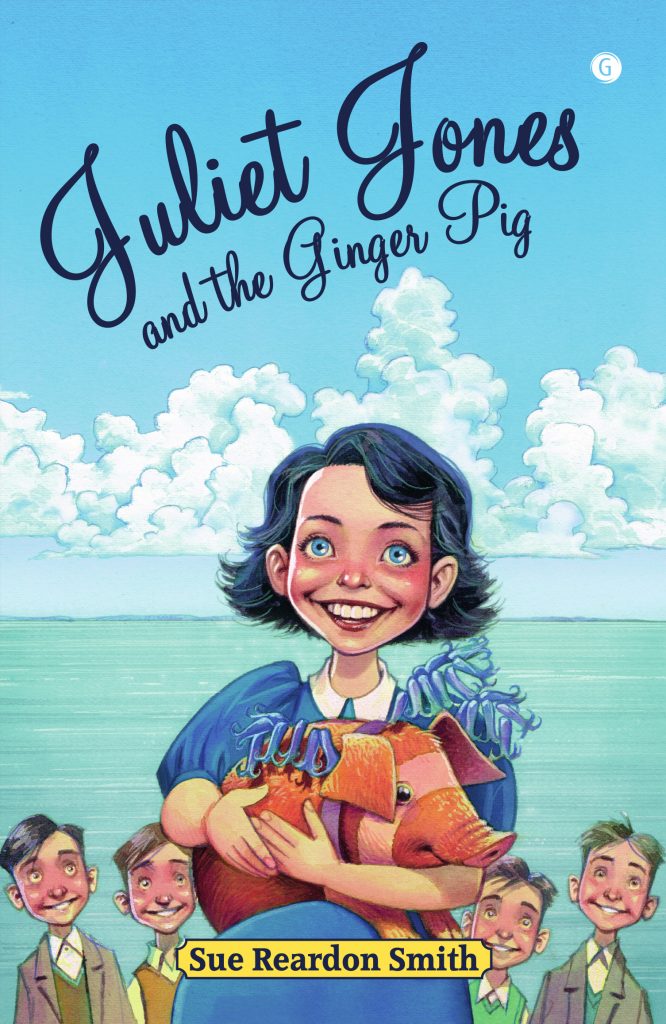
Laura Baker is a children’s book author currently celebrating the success of The Colour of Happy, a new picture book with Angie Rozelaar. She is also an editor with over twelve years experience.
Having grown up in Canada and moved to Wales to complete an MA in Creative Writing, she now lives in Wales with her husband, two young sons and basset hound.
She says that her career highlights so far include having her first picture book, I Love You When… (written as Annie Baker, illustrated by Barroux), read on CBeebies Bedtime Stories; reading her super-short stories (101 words each) at the Hay Festival and editing a number of award-winning children’s books.
We are delighted that Laura agreed to answer our questions and would like to thank her for her responses.
Where and when do you write?
I write mostly at a little desk in the corner of our dining room/lounge, or sometimes on the sofa with the dog curled up next to me. I try to write in my daytime working hours, but sometimes when I’m excited about an idea I carry on into the evening too. I remember pulling out my laptop at midnight to make some tweaks to The Colour of Happy!
The Colour of Happy and My Friend Sleep are your first books as Laura Baker, but you’ve worked as an editor on many more books. Can you explain the difference between an author and an editor?
As the editor, you’re working with the author (and illustrator and designer) to pull the book together. It can involve everything from briefing an author on an idea to checking that the words flow to getting the book ready for print. Whereas, as the author, it’s the opposite! You supply the text and someone else takes over. It’s amazing seeing your words brought to life in that way, growing with the ideas from a team of editor, designer, illustrator and more. They often bring things to the story that you never thought about, making it even better. I feel so grateful to be able to work on both sides.
As an author, you are more visible – having book launches and more direct communication with readers. How has this been for you?
It’s been lovely! It’s a bit scary too, because everyone is reading the words you’ve so carefully chosen, but the publishing world is so friendly and encouraging. It was very special to celebrate the launch of The Colour of Happy with the team who brought it together, plus a wonderful group of supportive writer friends. I’m loving going into schools and connecting with readers directly too. Talking to them is giving me more and more ideas to write about!
You have written previously as Annie Baker – why the name change?
I wrote I Love You When… when I worked at the publisher, so I used the pseudonym Annie Baker. Now that I’ve branched out on my own, I’m using my real name!
Your latest book, The Colour of Happy, explores emotions through colour. What brought you to this topic?
I wrote this story when my son was about two years old. I noticed that he and his friends could experience so many different emotions in a single day, and to them words like ‘mine’ and ‘share’ and ‘sad’ were huge. I’d also been trying to think visually about a book and wondered about using different colours on every spread. I combined the two ideas – along with the fact that my son would always pick a special flower for me whenever we went for a walk – and brought them together to use colour and emotions to frame the story. I love that Hodder understood what I was thinking, and the fact that they stuck to the single colour per page so strictly! I think it’s made for a really striking and different book.
Can you tell us something about how you worked with your illustrator Angie Rozelaar? Because the book is so visual, we guess you must have been in contact quite a bit?
The editor and designer at Hodder took the reins on this. I think the designer and Angie were in very close contact about how they wanted the pages to look, and I got the lucky job of seeing everything when it came through!
Which books and authors have inspired you in your career?
My favourite picture books as a child were by Shirley Hughes: Dogger and Alfie Gets in First. I still love them today, being drawn to real stories showing real emotions in everyday life. I could name loads of other inspiration as well: currently I love the Oi! series by Kes Gray and Jim Field because of its appeal to children, and I enjoy Rob Biddulph’s heartfelt stories and his inspiring career path towards children’s books.
You are originally from Canada, but came to Wales to do a Creative Writing MA. How supportive has the community been to your writing?
Very supportive! I started out in publishing straight from my MA, working with Parthian Books. This led me to work with other Welsh publishers, such as Firefly and Accent, and ultimately to my work in children’s publishing. Having the support of these publishers from the beginning really encouraged me along my path towards editing and writing. Now I’ve also met a very supportive group of writers and illustrators through Twitter, book launches, writing conferences and more – all of whom are happy to share both challenges and successes with each other.
Are you inspired by your Welsh surroundings?
Of course! We live in a lovely town by the coast, with everything you need for inspiration: green fields nearby, a local school down the road, parks full of children, the sea in view. I think being from Canada but moving to Wales provides inspiration of its own too.
As an editor, you have worked on some really interesting (and award-winning) projects with other authors. Which of these stand out?
Oh, there are so many! In picture books, I might have to say Scaredy Boo by Claire Freedman and Russell Julian. This was one of the first picture books I worked on as an editor, and I worked really hard to get amazing contributors on it. I remember reaching out to Claire through her website and was so pleased when she responded and was interested in the project! One other stand-out project worth mentioning is an adult travel book I edited for Parthian: Cloud Road: A Journey Through the Inca Heartland by John Harrison. It won Wales Book of the Year, and I got to attend the awards ceremony – red carpet and all! That was definitely a memorable moment early on in my career.
What can we expect from Laura Baker next?
I’m keeping busy writing a variety of things, with some beautiful board books and fun activity books on the way. I’ve also got some picture books percolating and plenty of ideas brewing, so watch this space!
Thanks again to Laura for agreeing to this Q and A, which was written and compiled by us with no financial payment or gifts received in return.
You can visit Laura’s website here or follow her on Twitter. The Colour of Happy is available in the shops now.
